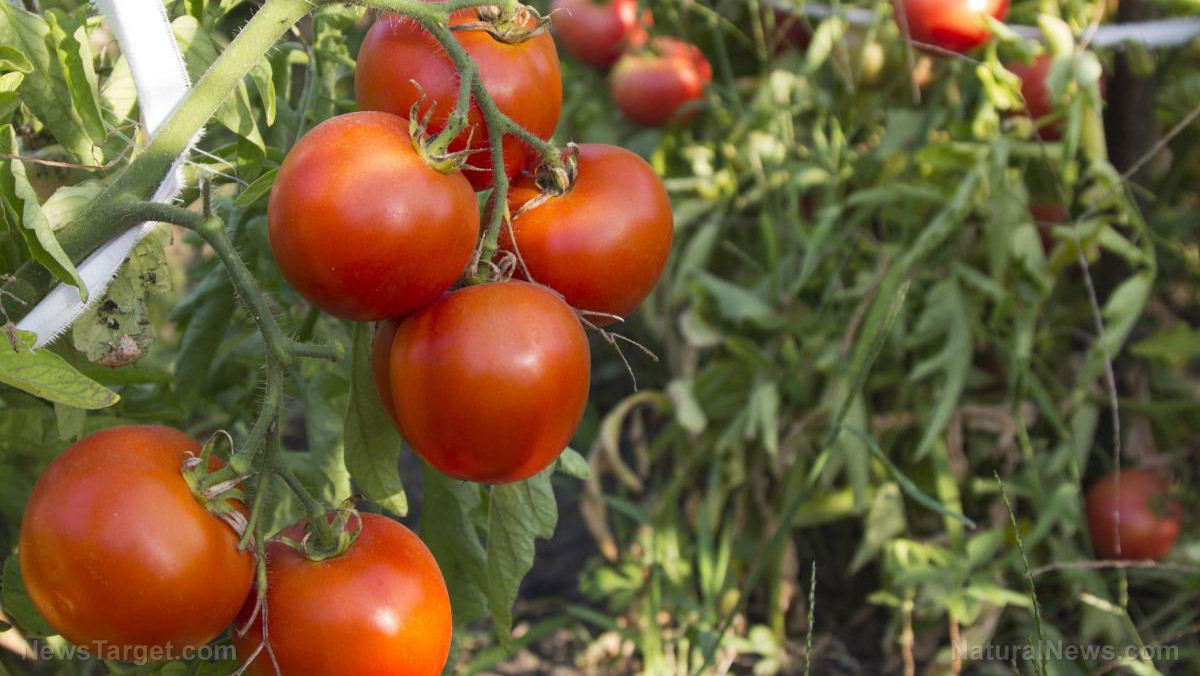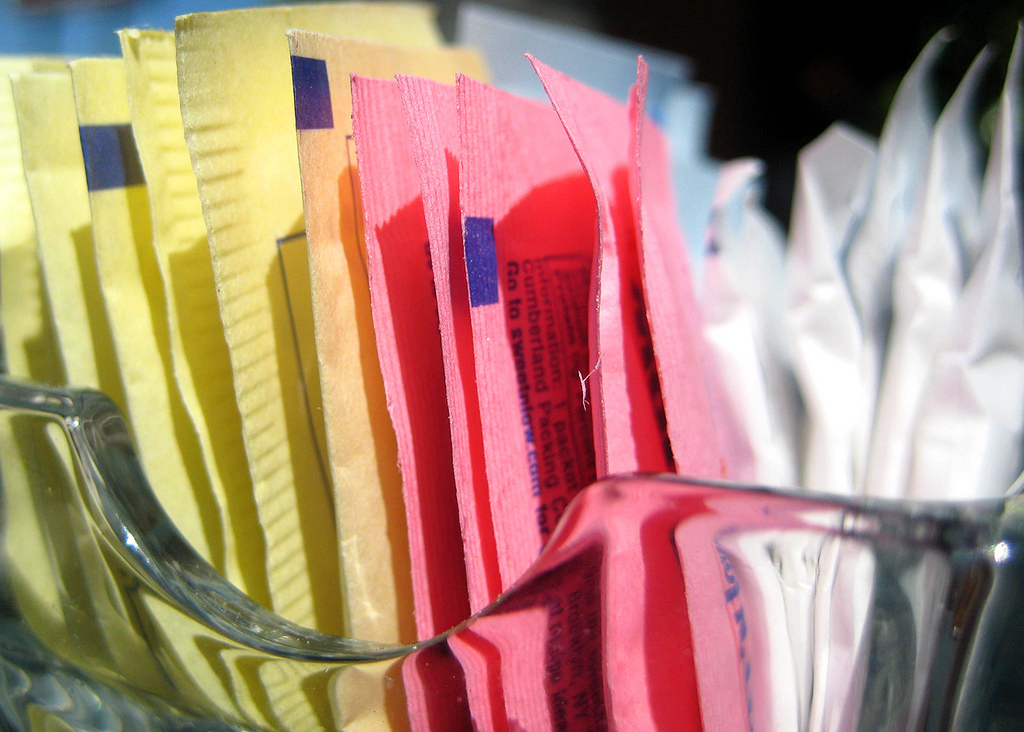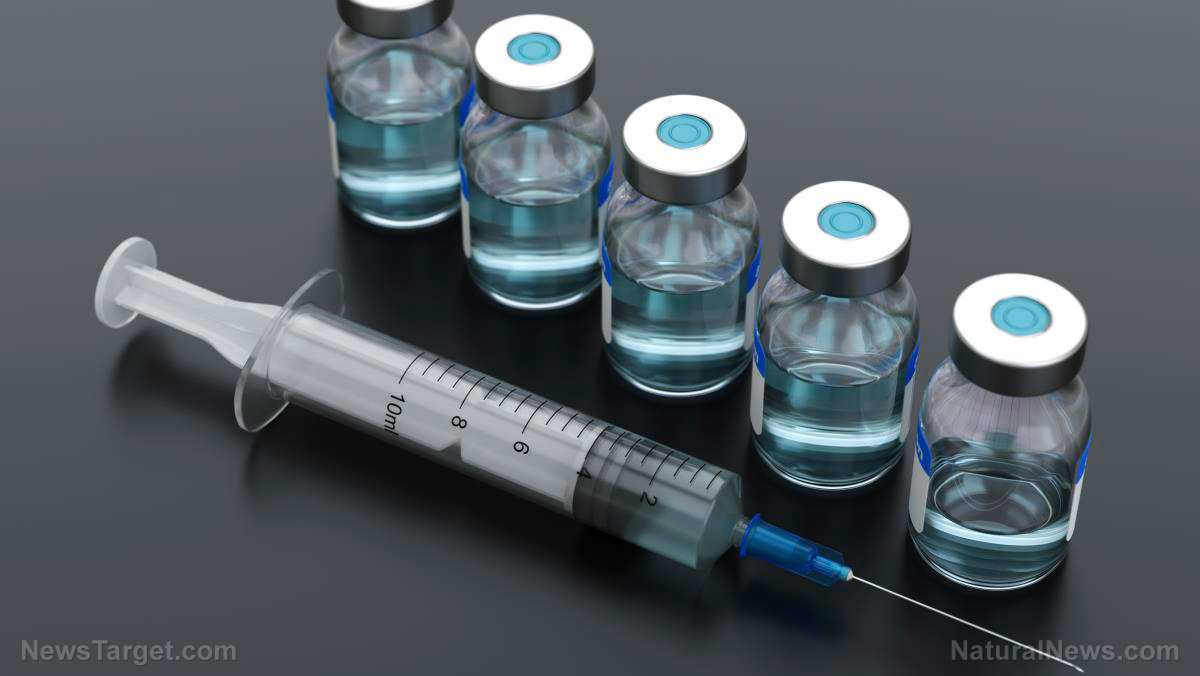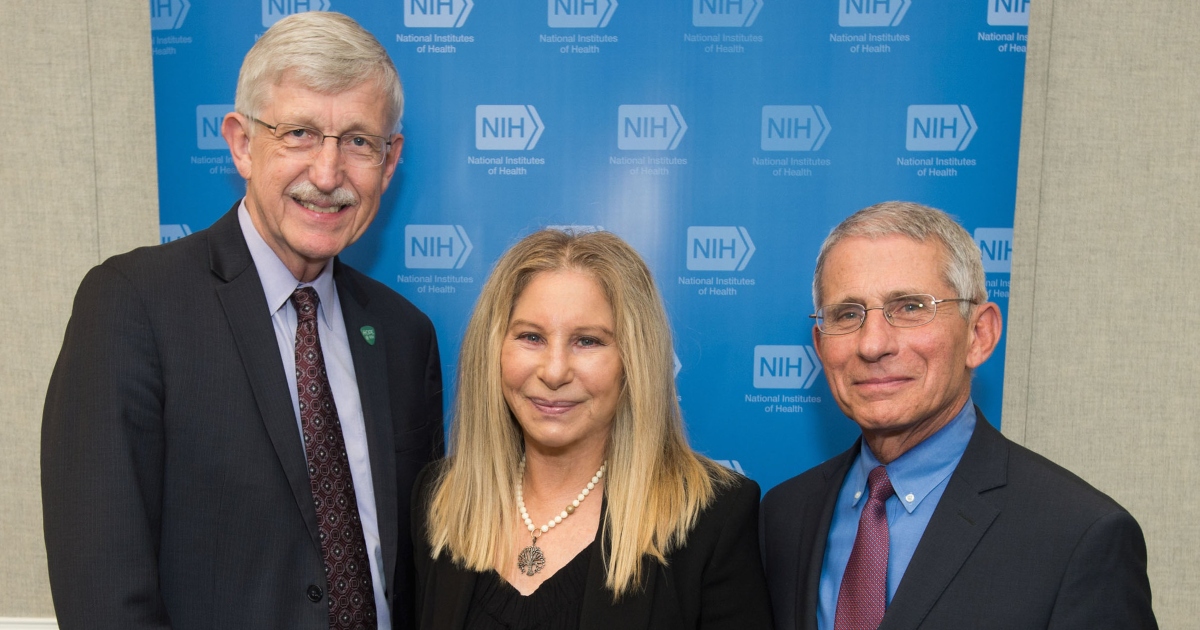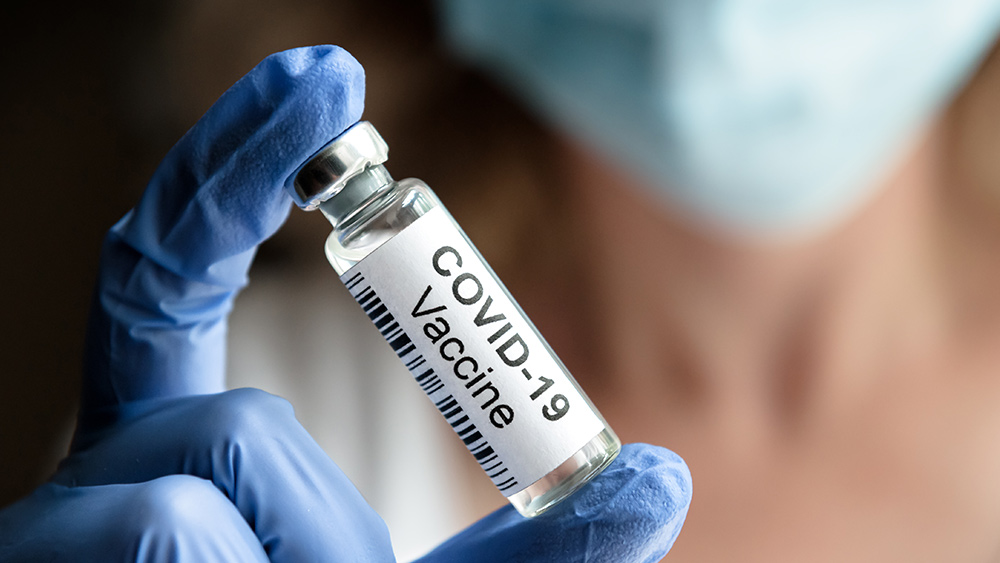Glyphosate endangers wildlife, too. Tell the EPA to ban it
02/08/2021 / By News Editors
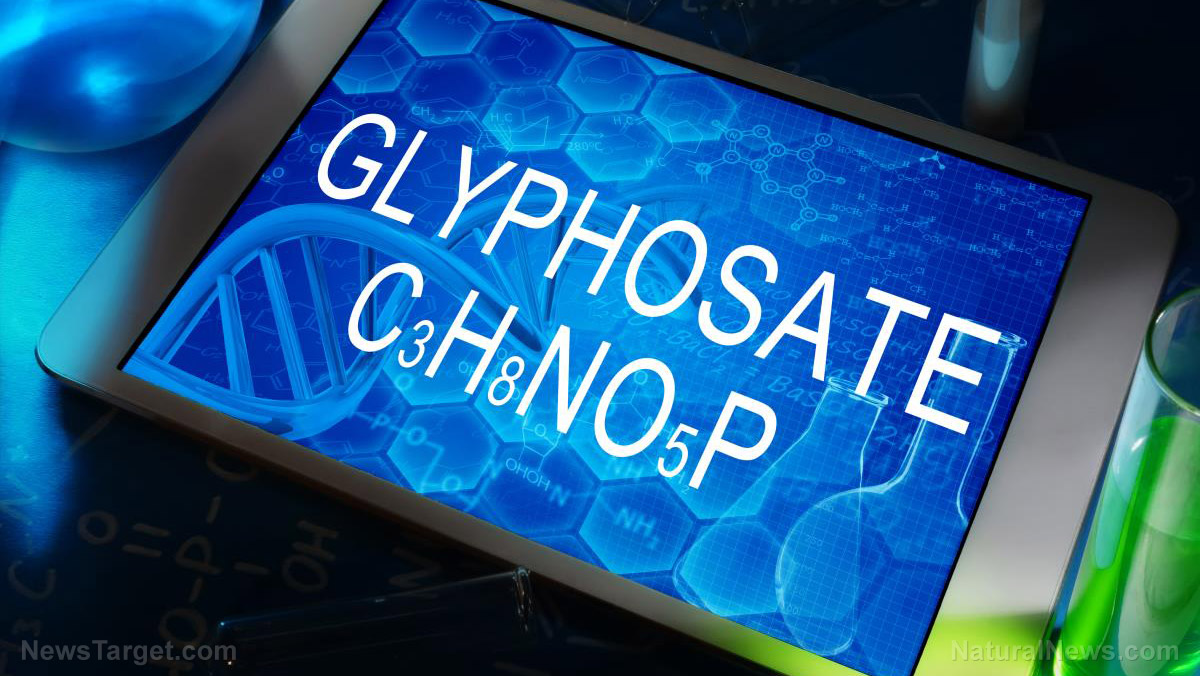
Your actions, based on the following information, could alter the future of our planet.
(Article by Zen Honeycutt republished from ChildrensHealthDefense.org)
Glyphosate herbicides are among the most widely used agrochemicals in the world. According to the U.S. Environmental Protection Agency (EPA), more than 300 million pounds are used in the U.S. each year — 280 million pounds of which are used directly on our food.
Crops such as soy, corn, sugar, wheat, beans, peas, alfalfa and oats make up just some of the crops used to feed livestock and humans that are contaminated with high levels of glyphosate.
Glyphosate has been found on thousands of samples of human food such as cereal, orange juice, eggs, and in pet food, tap water, breastmilk, children’s urine, streams, ocean water, and even in vaccines and rain.
A study by Paul J. Mills Ph.D., and his clinical research team at the University of California, published in the Journal of the American Medical Association, showed a greater-than-1000% increase in the level of glyphosate in human bodies over the past 23 years.
Studies on glyphosate herbicides have proven either causal or direct connection to increased risks of multiple cancers, including non-Hodgkin’s lymphoma, neurotoxicity, thyroid damage, autism symptoms, nonalcoholic liver disease, the disruption of gut bacteria which weakens the immune system and can lead to chronic illness, hormonal imbalance, depression, aggression and addiction. Glyphosate has also been linked to birth defects, miscarriages and endocrine disruption, which is linked to diabetes, obesity and other illnesses.
The federal EPA is currently accepting comments on whether or not to revoke the license for glyphosate, or restrict its use, based on the agency’s assessment of harm to endangered species.
The EPA’s initial report claims that the 280 million pounds of glyphosate used per year on agriculture have no impact on endangered species, and instead assigns all of the blame to the 20 million pounds used in landscaping. This is false.
The agricultural use of glyphosate also has a huge impact on endangered species. The drift, runoff into waterways and impact on the soil and wildlife surrounding agricultural land, which consists of 913 million acres in the U.S., is the primary source of harm to our environment. For some states, such as Iowa, Kansas, North Dakota, South Dakota and Nebraska, between 85-91% of the state is farmland, used primarily for conventional farming which involves the use of glyphosate. This means that many states have more land being sprayed with glyphosate than not, and the impact is detrimental for those states’ soil, water, air, wildlife, organic farming and human health.
One can only ascertain that if glyphosate is proving to cause harm to 93% of endangered species and 97% of their critical habitats, which are also our habitats, that if we do not act now, we humans and our pets will also soon be endangered species.
Make a direct comment to the EPA by March 12. Ask the agency to ban the use of glyphosate herbicides in the U.S. You may use any of the links to studies found on the Moms Across America data page and any of the following reasons in your comments:
- Glyphosate is never used alone, therefore the impact of use, assessment and approval or denial of it’s license must include the full-formulation studies. Independent, long-term studies with blood analysis of the full formulation impact must be included.
- Glyphosate herbicides have been found to be endocrine disruptors by many independent studies and studies have shown that the impact carries over to multiple generations.
- More than 40 countries and hundreds of cities, school districts and counties have banned or severely restricted the use of glyphosate around the world. Discontinuing the use of glyphosate in farming, particularly as a desiccant, has been shown to improve the quality of the grains and the soil, and reduce contamination of the environment and residues in food consumed by humans and animals.
- Glyphosate herbicides have been classified as a “probable” human carcinogen by the World Health Organization’s International Agency for Research on Cancer. Cancer is often caused by endocrine disruption. Cancerous, life-threatening tumors have been found in alarming numbers on turtles, deer, fish, and numerous species.
- Glyphosate herbicides have been found in streams, ocean water and even the rain, and by the EPA’s own acknowledgment, is highly toxic to aquatic life. Glyphosate herbicides harm 93% of endangered species and 97% of their critical habitats.
Continuing the use of glyphosate for any reason only increases the rate of losing our endangered species. It must be discontinued in the marketplace and in agricultural, landscaping, forestry and utility use.
We encourage you to personalize your message or the EPA will not count it as a unique comment. State in your words why it is important to you or your organization to ban the use of glyphosate in the U.S. for any reason.
Read more at: ChildrensHealthDefense.org and Glyphosate.news.
Submit a correction >>
Tagged Under:
conventional farming, Ecology, environment, EPA, glyphosate, herbicides, Toxic, toxic chemicals, weed killer, wildlife
This article may contain statements that reflect the opinion of the author
RECENT NEWS & ARTICLES
COPYRIGHT © 2017 CANCER CAUSES NEWS





